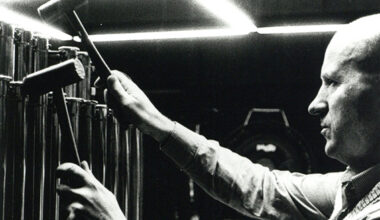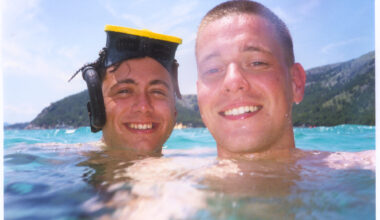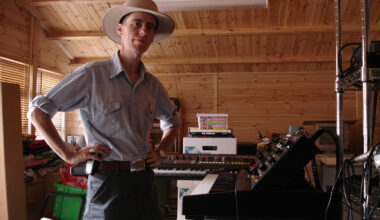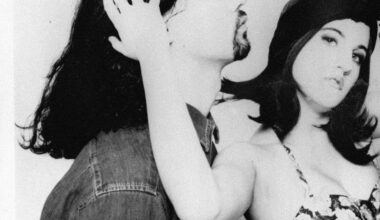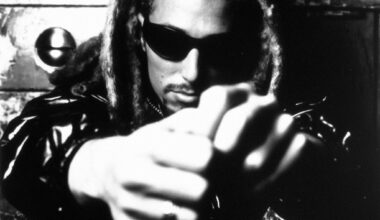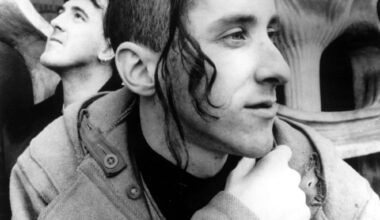The Beloved’s Steve Waddington talks us through their club crossover classic, ‘The Sun Rising’
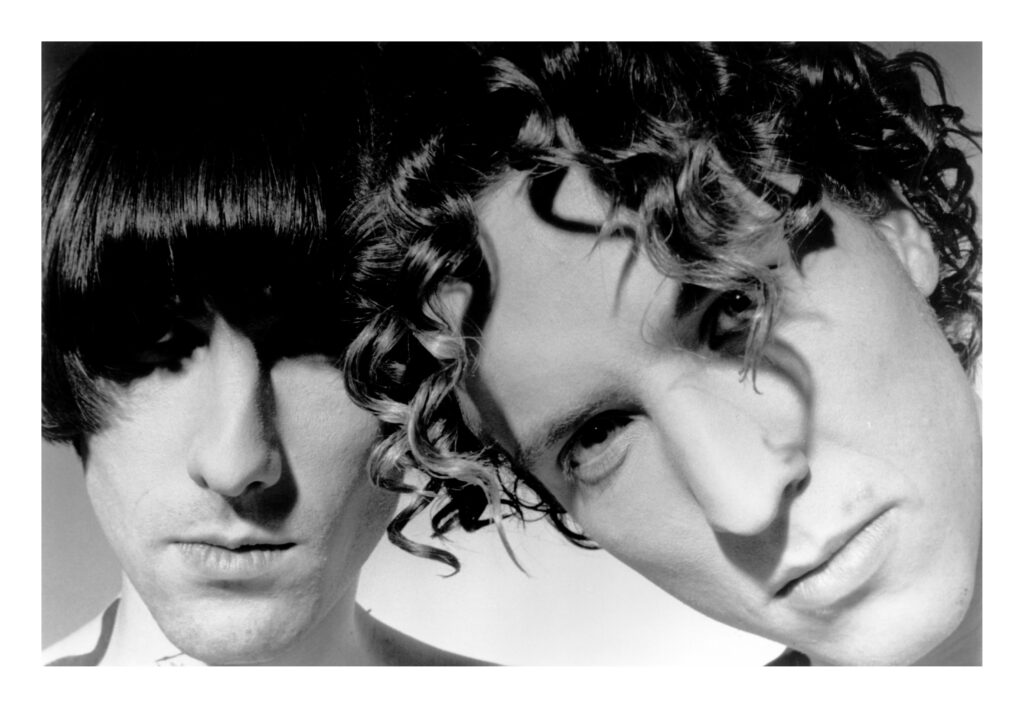
“I was born and grew up in London. I started learning classical guitar when I was about 13. I was good, but I didn’t want to make a career out of that. Not long afterwards, I heard Tangerine Dream and I was astounded by it, I had no idea how this music was made. I joined a band called Twelfth Of August – the singer’s birthday, as I remember – after answering an advert in Melody Maker, which is where I first met Jon Marsh.
“Jon and I shared a lot of interests musically, so we left the band and went off and did our own thing, this must have been late 82 or 83. We formed The Journey Through and, eventually, settled on a four-piece line-up as The Beloved. We were just a straight indie group, I suppose, but even then we had a basic drum machine and a Juno-60 synth. At one gig in Central London Poly, there was no support act, so we went on as our own support, and played purely electronic stuff.
“We were successful to a certain level. We had a couple of Peel Sessions, we were putting singles out, we’d started work on an album [1987’s ‘Where It Is’]. We toured with The Fall, that was interesting, but it was very difficult to progress beyond a certain level once you got recognised as an indie group. Then we got signed to Warners and that coincided with the house music revolution. We’d slimmed down to just me and Jon, and all these things happening simultaneously decided our direction.
“We went to some of the well-known clubs in London – Shoom, the Boy’s Own parties – and hearing all the different things you could do with electronic music was a revelation. Larry Heard’s ‘Can You Feel It’, Marshall Jefferson’s ‘Open Our Eyes’, Joe Smooth’s ‘Promised Land’… these records had an ethereal, otherworldly feel, and the spiritual side of it was massively important to me. Listening to house music was a sea change for us.
“I wrote ‘The Sun Rising’ in my front room with a minimum of equipment. It’s unbelievable how we managed to make these tracks. I had a four-track cassette machine, we still only had the one synthesiser between us and I had a little Casio home keyboard. It had a pop-out microphone you could use for sampling. You’d put it in front of a loudspeaker to record a drum sound.
“Believe it or not, the whole track was written on that. I put down a basic manual drum rhythm. I had no computer or sequencer, the bassline and the chords were all played on that little keyboard into a cassette, and they were pretty much what was on the finished product. The crucial thing was sampling the girl who sings on the chorus – I was trying to sample a choir, but I’d just happened to be listening to an LP that week, the music of Hildegard Of Bingen recorded by Gothic Voices.
“House music had that spiritual feel to it, so I was trying to recreate that in the context of the music I listened to in my own life. If I wanted to hear something spiritual, I would put on a Renaissance mass or something similar, so that’s what I turned to. I tried this Gothic Voices album and it was just instantaneous – what you hear is the very beginning of side one, track one. I played it over the top of the music I’d written and it was there in that instant. It just happened to be in the right key and it sounded wonderful.
“We moved from my front room to Martyn Phillips’ place, he was a producer who later worked with artists including Erasure, and Jon and I added lots of stuff. Jon added the piano part, and there’s an oboe sampled from Stravinsky’s ‘Rite Of Spring’, well, the first note of it. Sampling was new and you tried all sorts of stuff, that was the ethos of the time. There’s a subtle little brass bit in the chorus, which was sampled from Debussy, and Jon was responsible for developing my drum track into the finished rhythm.
“We knew it was a special track for us, even though it didn’t seem obviously commercial. But people responded to it straight away, the record company said, ‘Yeah, let’s put this out’, and it quickly became apparent that it might have much wider appeal. ‘The Sun Rising’ came very early in the process of writing our ‘Happiness’ album, and it set a bar as to what this music could do.
“We never played live in those days, though. Even when we were successful and being played on the radio, we still had no equipment. We’d used Martyn’s gear and whatever was available in various studios, but we had nothing of our own, so we didn’t play a single gig. It would have been nice to, but I don’t know whether I would have trusted the equipment onstage in those days, it was completely unreliable. I remember seeing New Order who had banks of equipment, it looked like they had two of everything just in case.
“I left after ‘Happiness’. It’s a long story, but I never enjoyed the music business. I loved recording the music, it was just the job side of it – promoting albums all day, endless photo shoots – that I didn’t enjoy. I got involved in a completely different business, my life took a different path, I guess. I run a greeting card company these days, have done for 25 or 30 years.
“I still work with Jon, though. We’ve been working on some new tracks together, which are close to being finished, and I recently did a remix of ‘The Sun Rising’. Before the pandemic there was talk of us finally going out to play live, which would be great, because it would be a lot easier these days. But we’ll see.”
The remastered 30th anniversary edition of ‘Happiness’ is released by New State Music
